Sustainable data centers as a service
- City
- Construction
- 6/7/2021
Cities develop through inclusion and discussion
Urbanisation, the increasingly dense urban structure and the ageing of the existing building stock are constantly increasing the need for sustainable urban development. But how are cities developed in Finland?
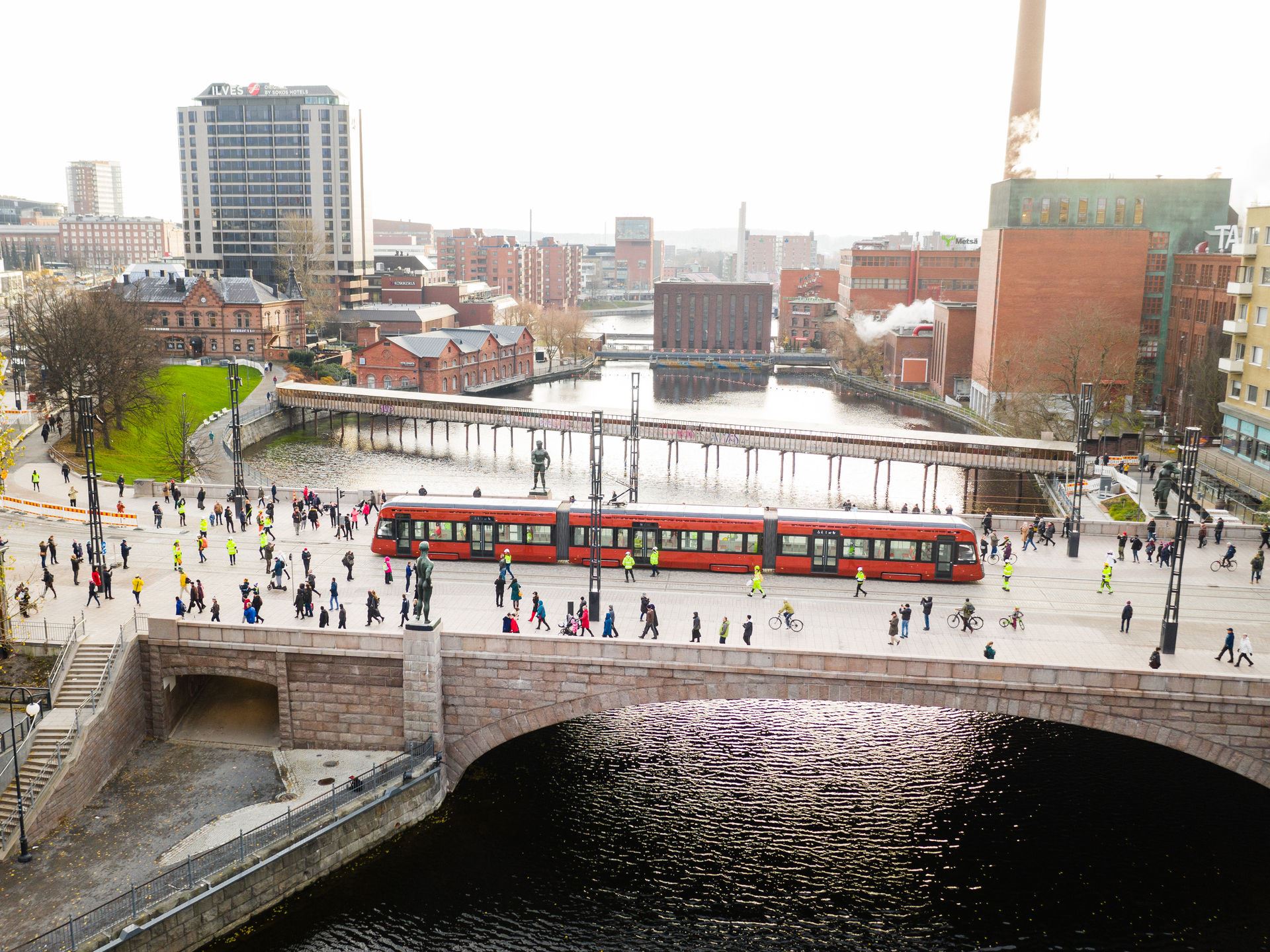
What do Melbourne, Paris, Turku and Rovaniemi have in common? The principles of urban development are the same in the metropolises of the world as in smaller cities.
The purpose of urban development projects is to renovate large regional areas or property complexes. Recent examples outside the Helsinki metropolitan area include the Bulevardikortteli block in Järvenpää, Fabriikki area in Turku, Kiela in Rovaniemi as well as Niemenranta and Tampere Tramway project in Tampere.
According to Kim Dovey, Professor of Architecture and Urban Design at the University of Melbourne, the synergy of density, mix and access is at the heart of urban development. Juha Kostiainen, Senior Vice President of the Urban Development at YIT, says that this line of thinking guides urban development in Finland as well.
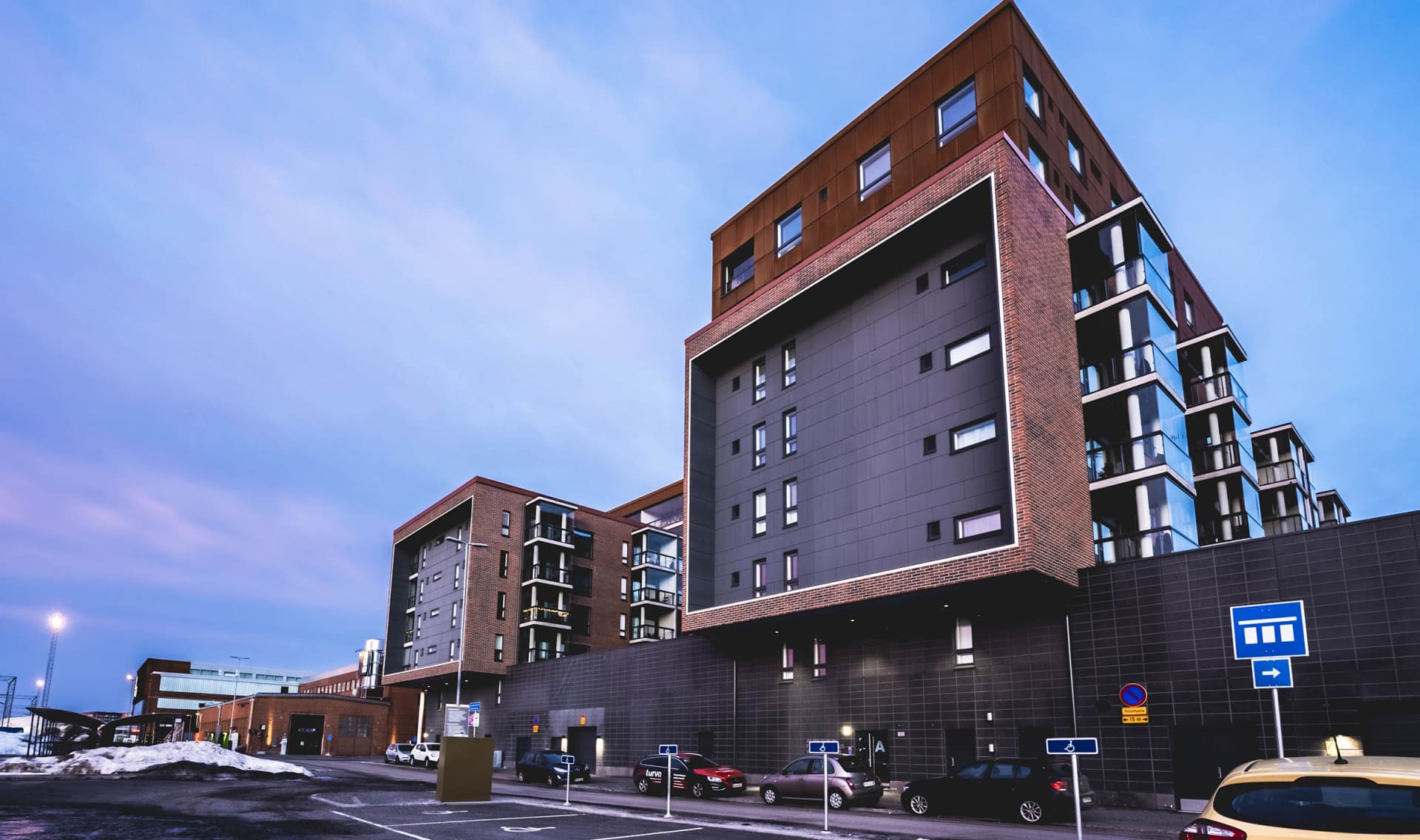
Societal fragmentation has come to a halt, and we are now moving towards dense, mixed environments where accessibility is one key issue, especially for pedestrians, cyclists and public transport. Ideally, much of everyday life in the city should fit within a 15-minute distance.
“This is a good trend as it makes cities more comfortable and enables the emergence of various services,” Kostiainen adds.
Developing throughout the city
Urban development is a key part of regional policy both in Finland and at the EU level. Urban development takes into account the needs of economic policy as well as issues of movement, housing and construction. Urban development is not only planning and zoning but also a multidisciplinary discussion between different actors in the city concerning the goals and opportunities of the projects.
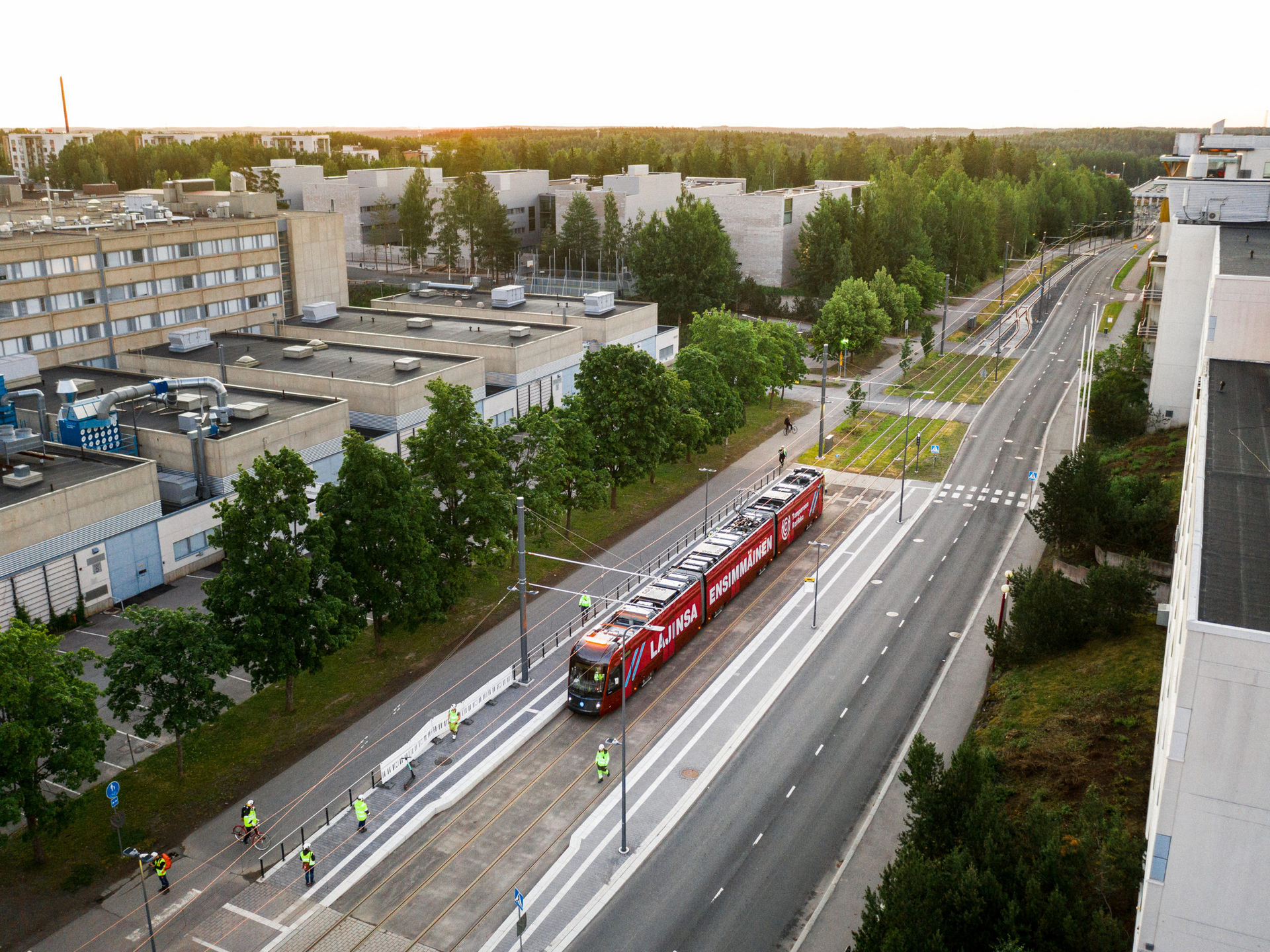
In practice, urban development involves urban and transport planning functions, representatives of the construction industry, property developers and investors, residents of the areas to be developed, and municipal politicians, who reconcile the views of the various parties and make final decisions in the municipal or city council.
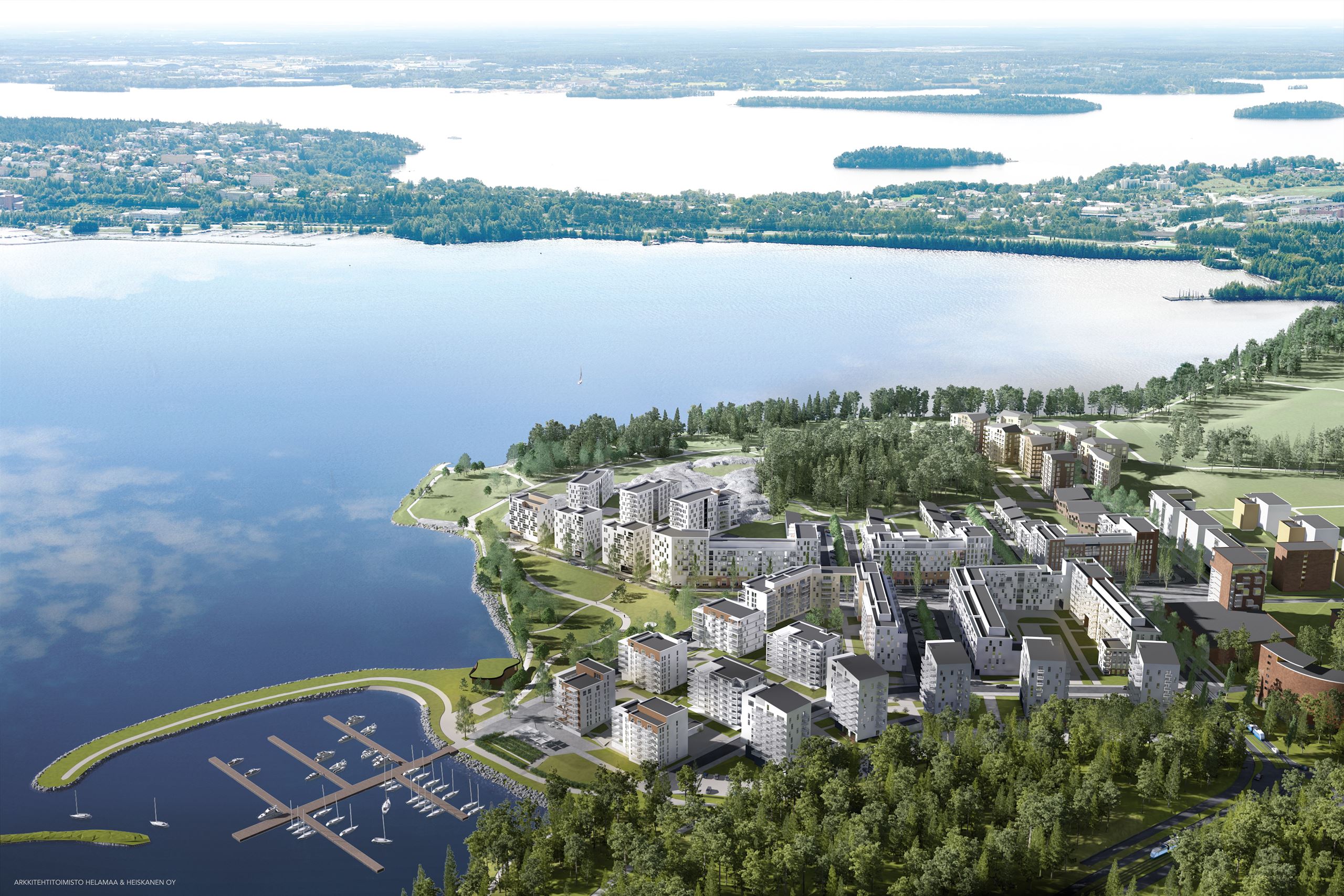
Involving residents of a municipality or city is commonplace today. Residents have good opportunities to participate, and they have also learnt to use the possibility to do so. Involving residents may give rise to new ideas and perspectives.
"Actors such as YIT also want to hear the views of end-users and utilize consumer perceptions directly in our own operations," Kostiainen says.
Construction companies actively involved in ideation and development
Depending on the municipality or city, companies and service providers in the area are involved in urban development in different ways. Design competitions are organised for construction companies and in Helsinki, for example, construction companies are involved in urban development through partnership planning.
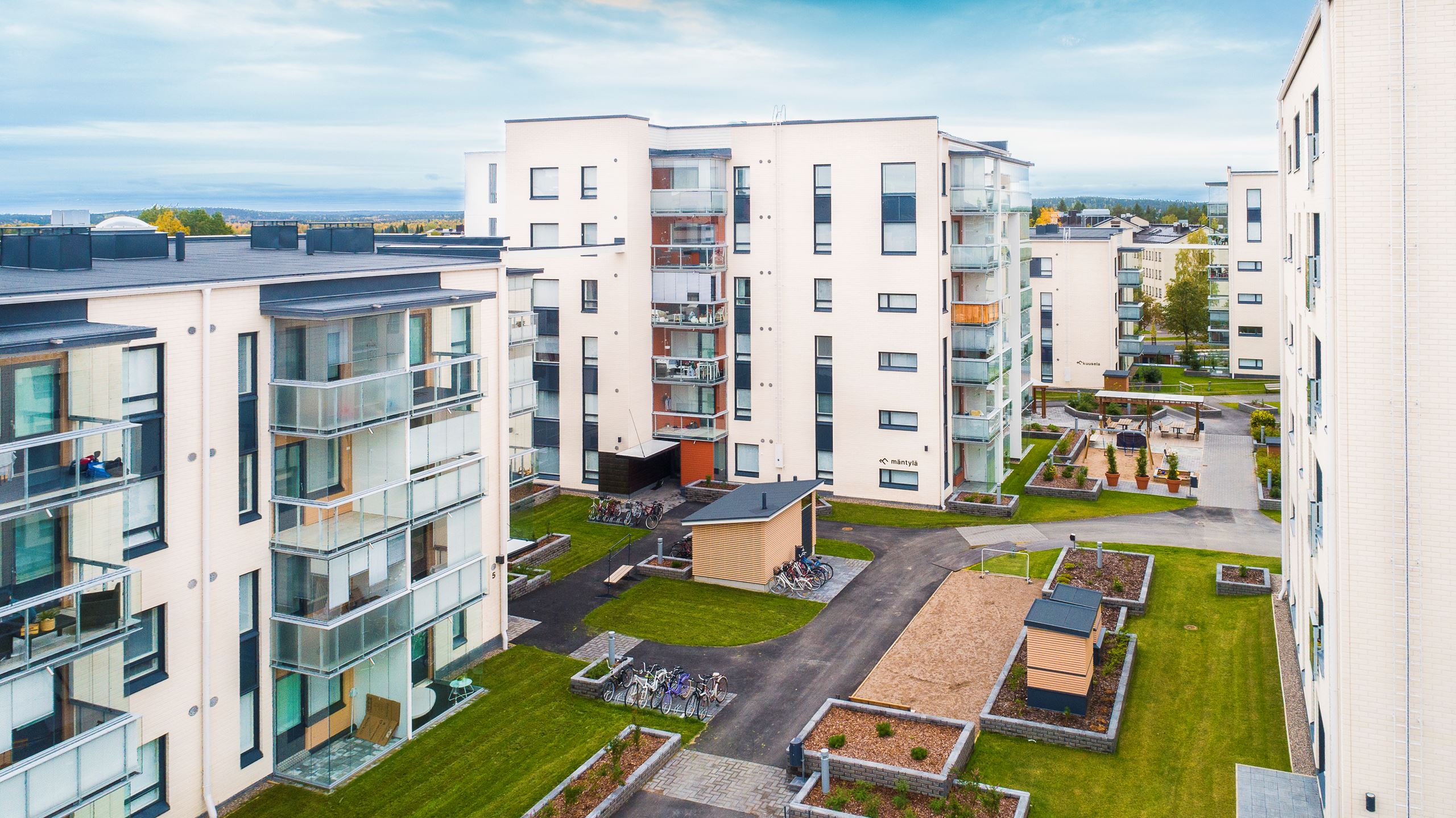
According to the Local Government Act, all members of the municipality, including landowners, have the right to make initiatives and proposals. According to Kostiainen, construction companies strive to be proactive in urban development – to come up with ideas, to explore opportunities to improve the urban environment and, of course, to create interesting business.
“We strive to be involved in large projects, such as Tripla in Helsinki and Asemanseutu in Tampere, because they can have a positive effect on the development of the urban environment and thereby improve the attractiveness of cities.”
The role of construction companies is also to find areas for development that have not been noticed before. A good example of proactive ideation is Turku's Pansio-Perno area plan by YIT to integrate the Pansio-Perno area into the centre of Turku, including things like how to develop and supplement it, how to make mobility and services work better and how to use the seashore.
According to Kostiainen, the COVID-19 pandemic will not stop urbanisation, but the development of cities will continue.
"Cities need to be more attractive and appealing. The quality of the environment is also playing an increasingly important role, so the city's green spaces and built-up areas need to be considered as a whole.”
Read more about YIT's urban development projects
This is how cities are developed in different parts of Finland



